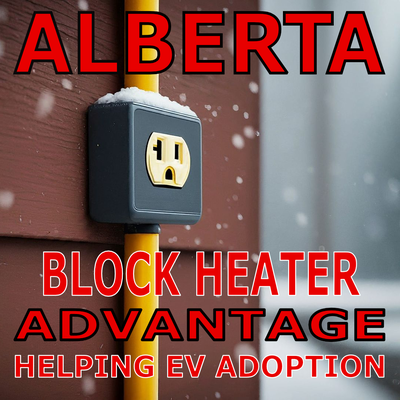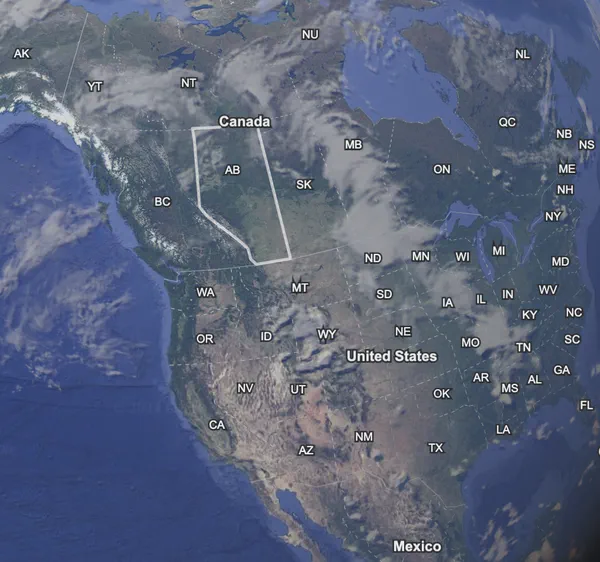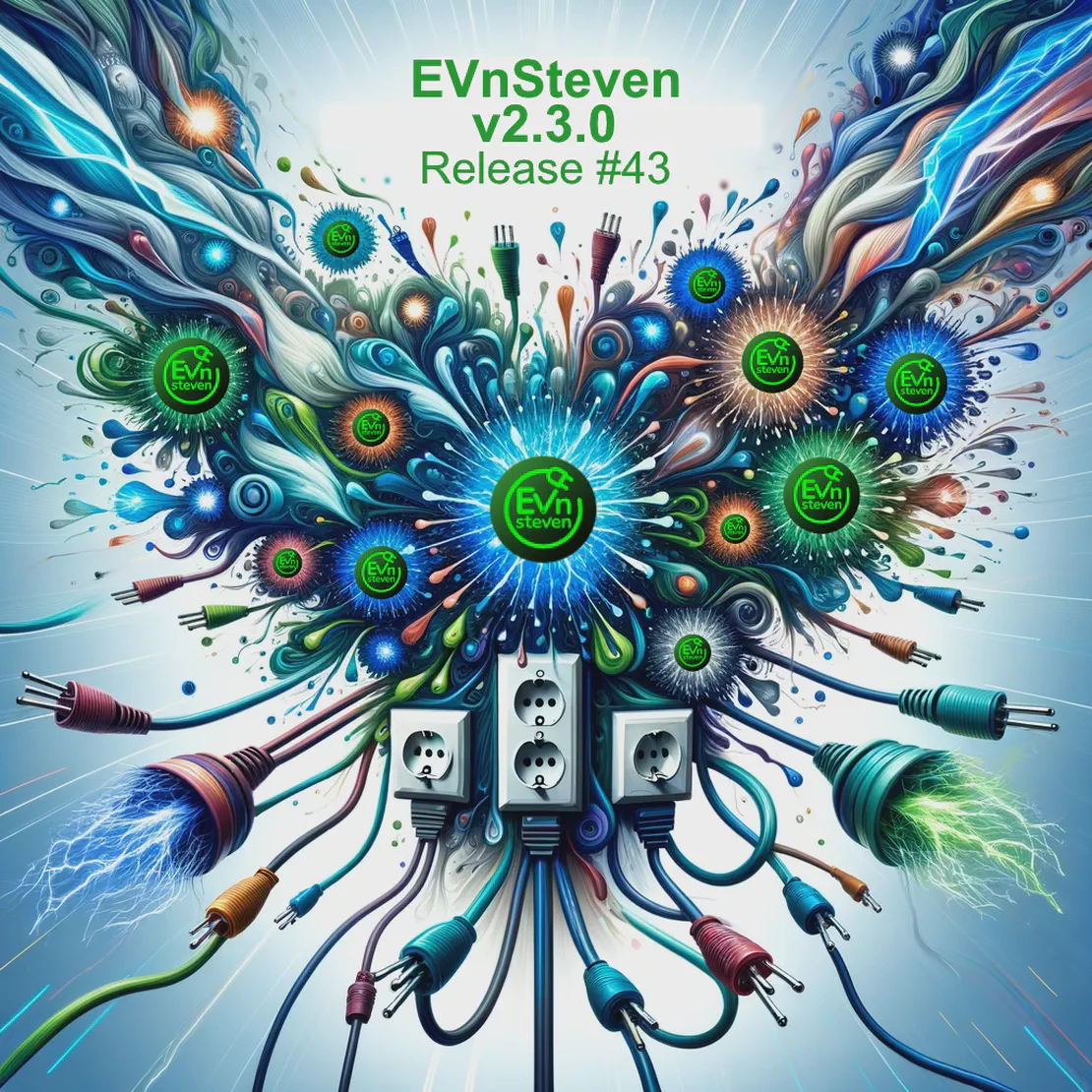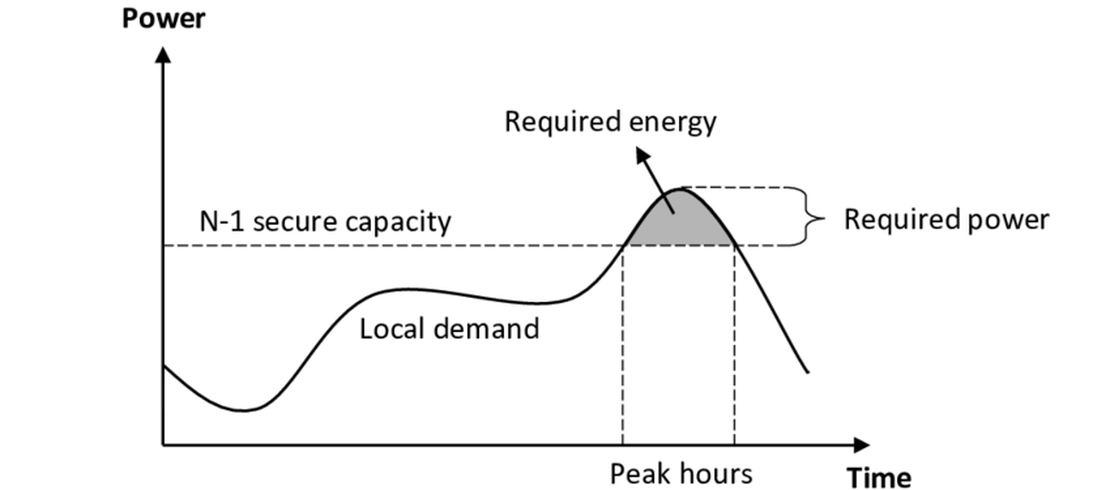
The Irony of Block Heater Infrastructure: How Alberta’s Cold Climate is Paving the Way for Electric Vehicles
- Articles, Stories
- EV Charging , Alberta , Cold Weather EVs , Electric Vehicles , Block Heater Infrastructure
- August 14, 2024
- 5 min read
A Facebook thread from the Electric Vehicle Association of Alberta (EVAA) reveals several key insights about EV owners’ experiences with charging their vehicles using different power levels, particularly Level 1 (110V/120V) and Level 2 (220V/240V) outlets. Here are the main takeaways:
Level 1 Charging Viability: Many EV owners find that Level 1 charging (using standard 110V/120V outlets) is sufficient for their daily driving needs, especially if their commutes are relatively short (e.g., 30-50 km per day). Even in colder climates, Level 1 charging can adequately maintain battery levels, though it may be slower and less efficient during extreme cold.
Level 2 Charging Advantages: While Level 1 charging is often sufficient, several users mentioned upgrading to Level 2 chargers for faster charging times. This is especially beneficial for those with longer commutes or larger battery packs, as Level 1 charging can take much longer to replenish the battery.
Adaptation to Cold Weather: Some users shared that cold weather reduces charging efficiency and range, making Level 2 chargers more desirable in these conditions. However, even in very cold environments, many still managed with Level 1 charging by adjusting their routines or supplementing with public charging options.
Public Charging Use: EV owners often take advantage of public Level 2 and DC fast chargers, especially when their home charging is slower or less convenient. Public chargers are particularly useful for those who live in apartments or townhouses without easy access to home charging.
Cost and Infrastructure Considerations: The decision to install a Level 2 charger at home often comes down to cost, convenience, and driving habits. Some users delayed upgrading to Level 2 due to high installation costs, while others made do with Level 1 charging, particularly when their driving needs were modest.
Lifestyle Integration: EV owners are finding ways to integrate charging into their daily lives, such as charging at work, during errands, or while engaging in other activities like walking or exercising. This reflects a broader trend of adapting to the EV lifestyle by planning charging around daily routines.
User Satisfaction: Despite the challenges of slower charging and cold weather, most users expressed satisfaction with their EVs and the charging setups they have in place. The transition to electric vehicles is seen positively, with many users appreciating the cost savings and the driving experience.
Overall, the thread highlights that while Level 1 charging is often sufficient for many EV owners, those with higher driving demands or living in colder climates might find Level 2 chargers more beneficial. Public charging remains an essential part of the charging ecosystem, especially for those without easy access to faster home charging solutions.
Alberta and Cold-Climate Provinces: A Unique Advantage

Alberta and other cold-winter provinces and states have a unique advantage when it comes to the transition to electric vehicles (EVs). This advantage is rooted in the widespread presence of 120V outlets, which were originally installed to power block heaters for internal combustion engine (ICE) vehicles during cold weather.
Ubiquity of 120V Outlets
- Block Heater Infrastructure: In regions like Alberta, where winter temperatures can plummet to -30°C or lower, block heaters are a necessity for ICE vehicles. Block heaters prevent the engine oil from freezing, making it easier to start the vehicle in frigid conditions. To support block heaters, 120V outlets were installed in nearly every parking stall, garage, and driveway.
- Repurposing for EV Charging: These ubiquitous 120V outlets are now being repurposed for Level 1 EV charging. As many of the participants in the thread highlighted, this existing infrastructure allows for a straightforward and cost-effective transition to EV ownership, even in colder climates. This is particularly advantageous in areas where upgrading to Level 2 charging might be cost-prohibitive or unnecessary for those with shorter commutes.
The Irony of Block Heater Infrastructure
- Facilitating Electrification: The infrastructure originally built to support ICE vehicles’ block heaters is now ironically facilitating the electrification of personal transportation. The presence of 120V outlets means that EV owners in these regions can easily charge their vehicles overnight, maintaining sufficient range for daily use without significant additional investment in charging infrastructure.
- Cold Weather Adaptation: The same cold weather that necessitated block heaters also impacts EV battery performance, reducing range and charging efficiency. However, the infrastructure designed to mitigate the effects of cold on ICE vehicles now supports EV owners in these regions, allowing them to maintain their vehicles’ usability even in harsh winter conditions.
Conclusion
The existing 120V outlet infrastructure in cold-climate regions like Alberta provides a unique advantage in the transition to EVs. While these outlets were initially installed to power block heaters for ICE vehicles, they now support Level 1 EV charging, helping to ease the transition to electric transportation. This repurposing of infrastructure is both ironic (given the ongoing rivalry between ICE/EV drivers) and advantageous, as it allows residents of these regions to adopt EVs without the immediate need for expensive upgrades to their charging systems. As a result, Alberta and similar regions are well-positioned to lead in the electrification of personal transportation, leveraging their existing infrastructure to support this transition. So give thanks to our ICE vehicle predecessors for the infrastructure that is now paving the way for a cleaner, greener future. And go easy on the block heater jokers—after all, they’re paying a steep price every time they hit the gas pump.

